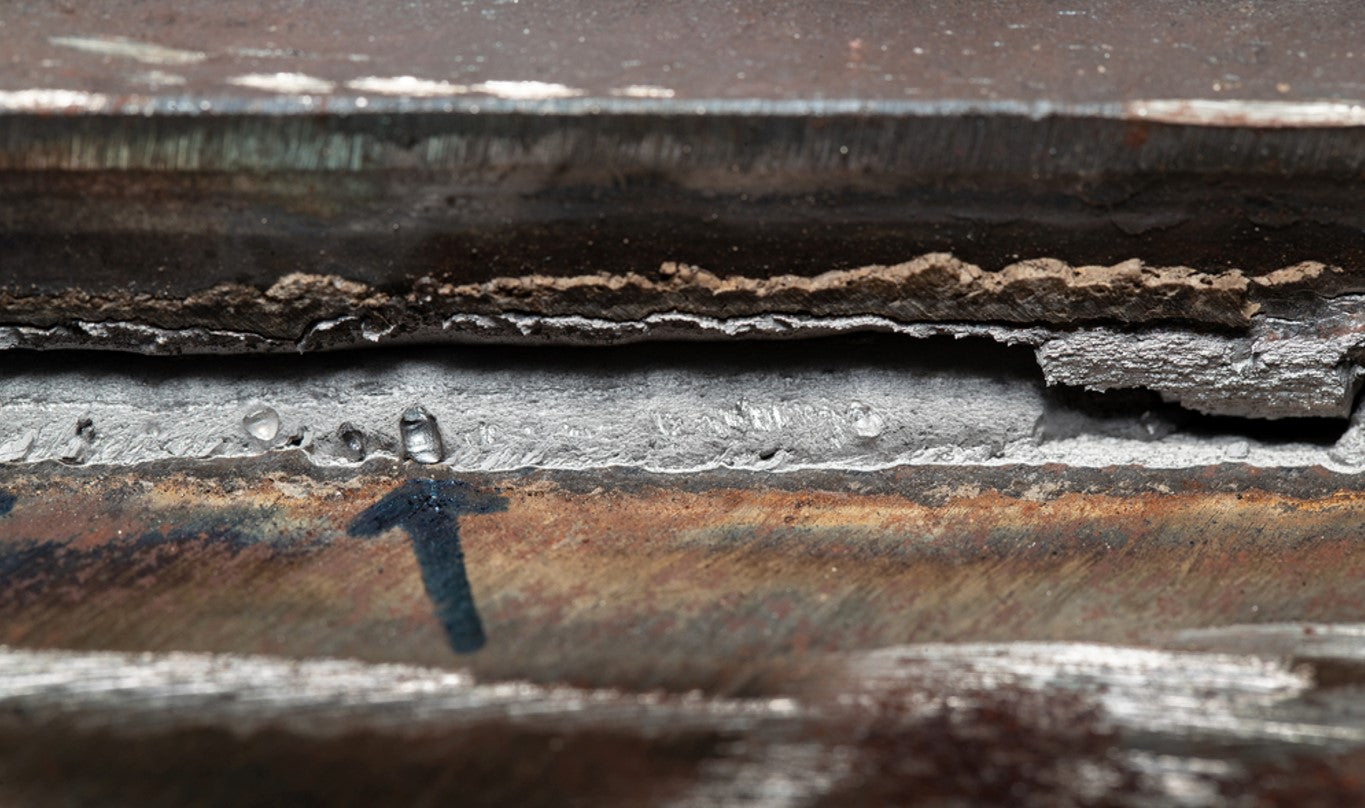Mastering the Art of Welding: Exactly How to Avoid Undercut Welding Issues for Flawless Manufacture Results
Efficiency and accuracy are extremely important worldwide of welding, where even the smallest imperfection can compromise the structural stability of a fabricated item. One typical challenge that welders face is undercutting, a defect that can compromise a weld joint and lead to costly rework. By comprehending the root creates of undercut welding and applying effective strategies to avoid it, welders can raise their craft to new levels of quality (Preventing weld undercut). In the quest of remarkable manufacture results, grasping the art of welding to prevent undercut problems is not just an ability but a necessity for those striving for perfection in their job.
Comprehending Undercut Welding

To avoid undercut welding, welders must guarantee correct welding specifications, such as adjusting the present, voltage, traveling rate, and maintaining the proper electrode angle. By comprehending the reasons of undercut welding and carrying out preventative measures, welders can accomplish top quality, structurally sound welds.
Causes of Undercut in Welding
Understanding the elements that add to damage in welding is essential for welders to create premium, structurally audio welds. When the weld steel does not appropriately fill up the groove formed between the base metal and the previously deposited weld metal, damaging occurs. Numerous variables can lead to undercut in welding. One typical reason is extreme warmth input. Welding at heats for prolonged periods can result in the base steel melting greater than wanted, resulting in undercut. Insufficient welding current or incorrect welding rate can likewise add to damage. Not enough current may not supply enough warm to thaw the base and filler steels sufficiently, while too much speed can prevent appropriate fusion, creating undercut. Additionally, inappropriate electrode angles or incorrect lantern control techniques can produce locations of low weld steel deposition, advertising undercut. Understanding these causes and executing correct welding strategies can help avoid undercutting concerns, ensuring solid and resilient welds.
Methods to Protect Against Undercutting

To alleviate the danger of damaging in welding, welders can employ strategic welding techniques aimed at enhancing the quality and honesty of the weld joints. Additionally, using the right welding method for the specific joint setup, such as weave or stringer beads, can add to minimizing damaging.
Furthermore, appropriate joint preparation, including ensuring clean base materials devoid of pollutants and using the appropriate welding consumables, is essential in avoiding undercut problems. Using back-step welding methods and regulating the weld bead account can also aid distribute warmth equally and reduce the risk of undercut. Routine examination of the weld joint throughout and after welding, as well as carrying out high quality assurance measures, can aid in spotting and attending to undercutting problems promptly. By implementing these strategies diligently, welders can attain perfect manufacture results with marginal undercut issues.
Importance of Proper Welding Specifications
Choosing and maintaining suitable welding specifications is necessary for accomplishing successful welds with marginal issues. Welding specifications refer to variables such as voltage, current, take a trip rate, electrode angle, and securing gas circulation rate that straight impact the welding process. These criteria should be carefully readjusted based upon the kind of product being bonded, its thickness, and the welding strategy utilized.
Proper welding parameters make sure the correct amount of warm is related imp source to thaw the read the article base metals and filler material uniformly. If the criteria are established also high, it can bring about excessive warm input, creating spatter, distortion, or burn-through. On the various other hand, if the criteria are too low, incomplete combination, absence of infiltration, or undercutting may happen.
Quality Control in Welding Procedures

Verdict
Finally, understanding the art of welding requires a comprehensive understanding of undercut welding, its causes, and strategies to stop it. By making sure proper welding specifications and applying quality control practices, remarkable manufacture outcomes can be attained. It is vital for welders to constantly pursue excellence in their welding procedures to stay clear of undercut problems and create high-grade welds.
Undercut welding, a typical defect in welding processes, takes place when the weld steel does not appropriately load the groove and leaves a groove or anxiety along the welded joint.To avoid undercut welding, welders ought to guarantee proper welding criteria, such as changing the existing, voltage, traveling rate, and like this preserving the correct electrode angle. Poor welding incorrect or current welding speed can additionally add to damage.To mitigate the threat of undercutting in welding, welders can use tactical welding methods aimed at boosting the high quality and integrity of the weld joints.In final thought, understanding the art of welding requires a detailed understanding of undercut welding, its causes, and strategies to stop it.